Having already shared the gorgeous scenery we Queens birders encountered when we went into the high elevation  grasslands in Ecuador I would be remiss if I failed to also bring up the birds. There are a host of great birds in Ecuador’s páramo and we did our best to see all of them. Our drive up and up and up into Antisana Ecological Reserve was one of great anticipation. Would we see an Andean Condor? A Black-faced Ibis? An Andean Lapwing? What about the ducks? The Ecuadorian Hillstar? No one asked about the high-elevation cinclodes, canastero, pipit, or finch but I am sure that they were in the back of someone’s mind. Before we even reached the park proper we pulled over to more carefully look over some raptors soaring on the ridgelines above us and were rewarded with both Black-chested Buzzard-Eagles and Carunculated Caracaras, two birds that are actually and amazingly both bigger than their names. Once Renato handed the guards at the gate our entry tickets and we entered the reserve proper all of us in the van were non-stop scanning for birds hoping to find something really good.
grasslands in Ecuador I would be remiss if I failed to also bring up the birds. There are a host of great birds in Ecuador’s páramo and we did our best to see all of them. Our drive up and up and up into Antisana Ecological Reserve was one of great anticipation. Would we see an Andean Condor? A Black-faced Ibis? An Andean Lapwing? What about the ducks? The Ecuadorian Hillstar? No one asked about the high-elevation cinclodes, canastero, pipit, or finch but I am sure that they were in the back of someone’s mind. Before we even reached the park proper we pulled over to more carefully look over some raptors soaring on the ridgelines above us and were rewarded with both Black-chested Buzzard-Eagles and Carunculated Caracaras, two birds that are actually and amazingly both bigger than their names. Once Renato handed the guards at the gate our entry tickets and we entered the reserve proper all of us in the van were non-stop scanning for birds hoping to find something really good.
Carunculated Caracara Phalcoboenus carunculatus
So, of course, as always happens, our persistence paid off with an absolutely awesome bird! As we drove along the road Renato and I simultaneously spotted a falcon perched on a fencepost on the left side of the road. Renato nailed the brakes as I brought up my binoculars and I am pleased to say that I clearly said “Aplomado Falcon” without stuttering, screaming, or sounding stupid, quite a feat considering how good a bird an Aplomado Falcon is. Not as impressive a feat was my ability to leave my lens cap on the end of my scope when I tried to digiscope the lifer while hand-holding my digiscoping rig. By the time I realized the problem the bird had taken wing. Don’t worry though, Renato will eventually share the absolutely amazing shots he got of the bird…
Black-faced Ibis Theristicus melanopis
As we continued up into the amazing high-elevation preserve bird after bird was checked off of our checklist. Black-faced Ibis? We saw a whole flock, some of which are in the above image. Many-striped Canastero? I was fortunate to get a lousy picture that confirmed the identification. Stout-billed Cinclodes? Take a look at the images below…
Stout-billed Cinclodes Cinclodes excelsior
Stout-billed wasn’t our only cinclodes either, as we also managed to spot Bar-winged Cinclodes. I guess I should also mention the nesting Brown-bellied Swallows we found, and I can’t forget the Paramo Ground-Tyrant. Of course, those birds were all forgotten when we came across our first Andean Lapwings! What great little birds!
Andean Lapwing Vanellus resplendens
Then, once we reached the lake, well, the lifers came in numbers! Andean (Ruddy) Duck? Check. Andean Teal? Check. Andean Coot? Check. Silvery Grebe? Check. Andean Gull? Check. Yellow-billed Pintail? Way across the lake…check! It was a life bird bonanza! Some of the birds gave great looks too…
Silvery Grebes Podiceps occipitalis
Andean Coot Fulica ardesiaca
Andean Teal Anas andium
All too soon we had to leave the lake in order to check another spot, slightly higher up, for any sign of our number one target for the day, Andean Condor. We all really wanted to see a bird that could, at a glance, be mistaken for a small plane. Sadly, we were not fortunate enough to see any condors.* Our highest stop in the páramo before we started back, where we scanned for condors, was covered with a spiny plant that had beautiful orange flowers. And we weren’t the only creatures admiring the flowers.
Ecuadorian Hillstar Oreotrochilus chimborazo (look for a full gallery eventually)
As we drove out we made a couple of more stops, getting better looks at some birds that we had only distant looks at earlier. We puzzled over a bland female hummingbird until we realized that she was a female hillstar and we appreciated our only perched Variable Hawk of the trip. Finally, once we were well out of the reserve we stopped at some fish ponds in the hopes of getting better looks at some of the ducks we saw earlier and of the Andean Gull, and while we succeeded at the latter we failed at the former as the puddle ducks were not around that day.
Variable Hawk Buteo polyosoma
Black-winged Ground-Dove Metriopelia melanoptera
female Plumbeous Sierra-Finch Phrygilus unicolor
Andean Gull Chroicocephalus serranus
Our trip to Ecuador’s high elevations was a resounding success and we still had hours of daylight left! The beginning of our exploration of the east slope of the Andes will be where I pick up when next I write about our Ecuadoran adventure. I must say though, that Antisana Ecological Reserve was one of the coolest places I have ever been and I really hope to go back again someday.
*We weren’t the only ones to dip that day. Two other birding tour groups were in the park and they dipped as well. It almost made me wish we had pitched in and gotten a rancher to slaughter a horse to bring the condors in (and, no, I’m not joking…it can be done for a price).


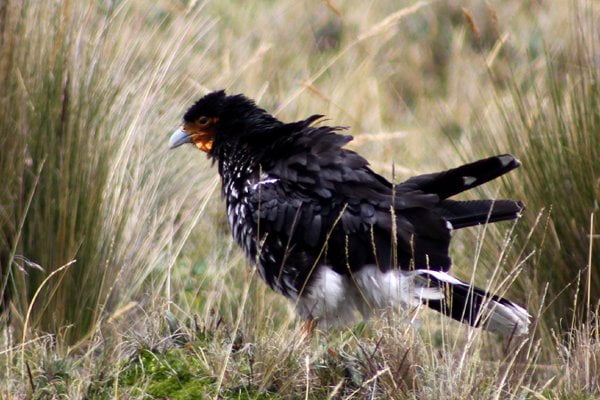
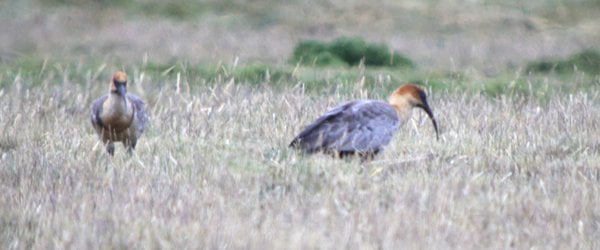
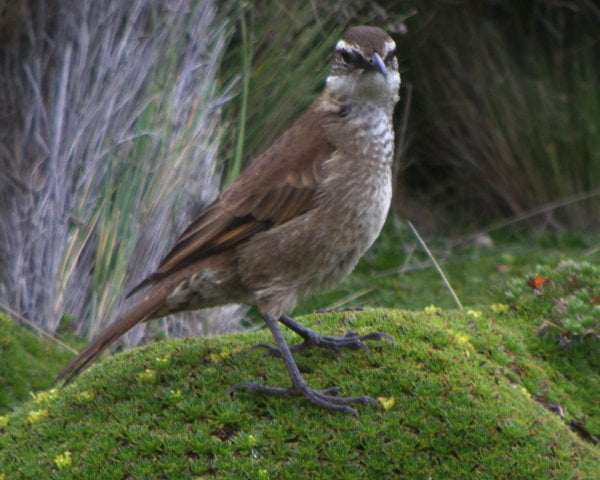
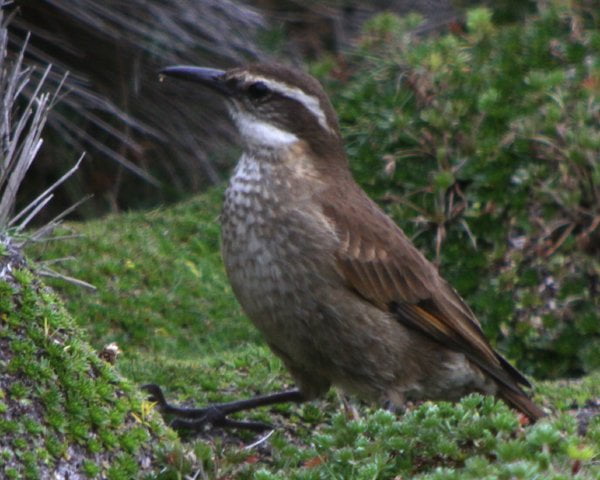
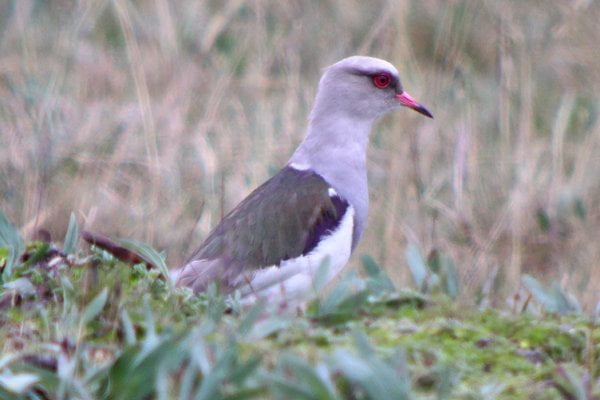
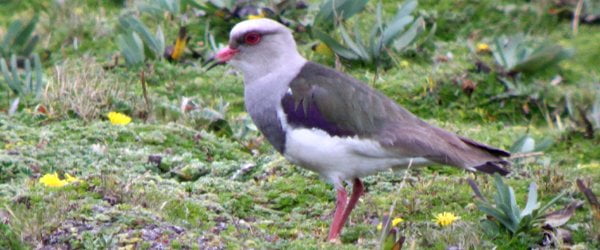
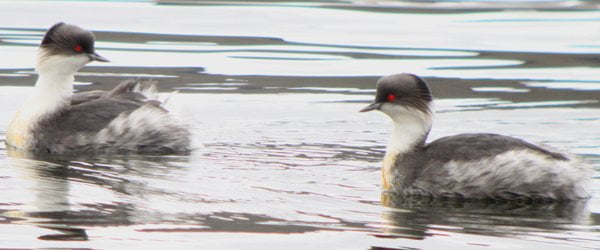
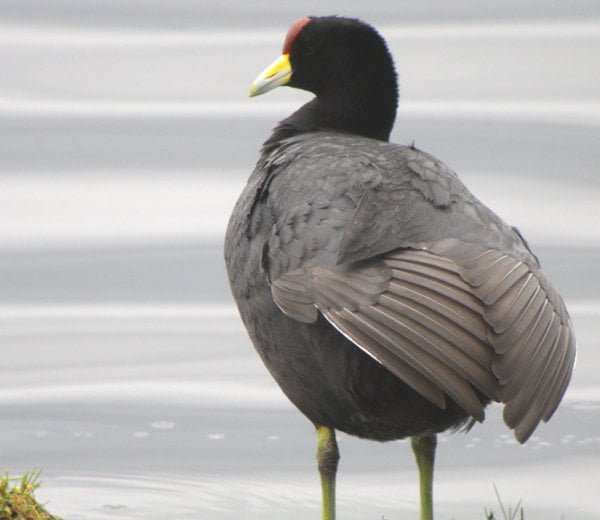
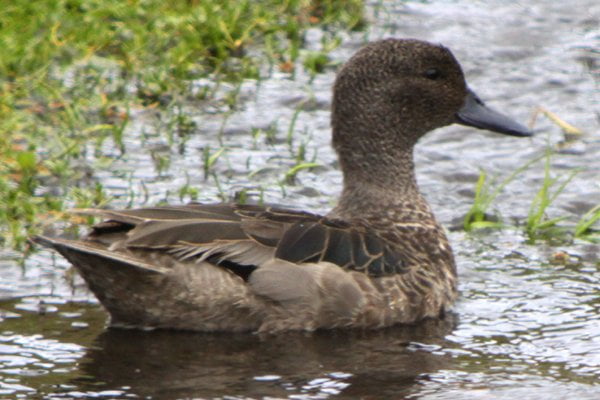
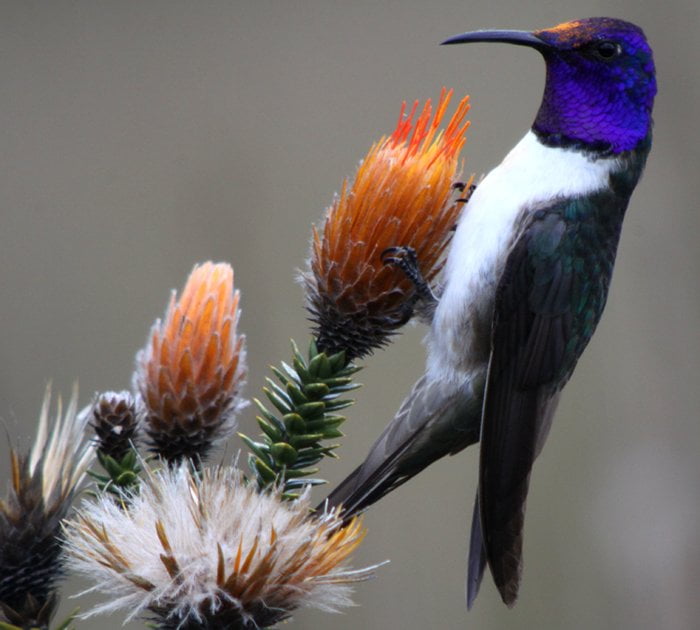
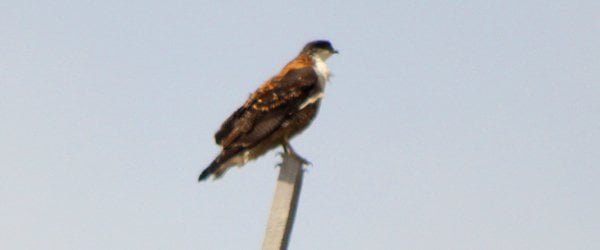
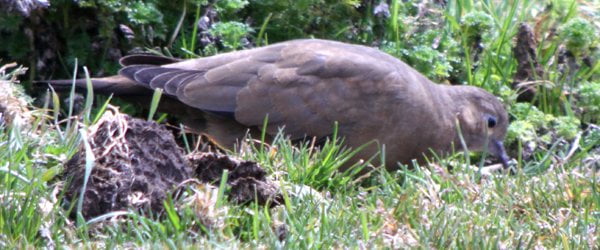
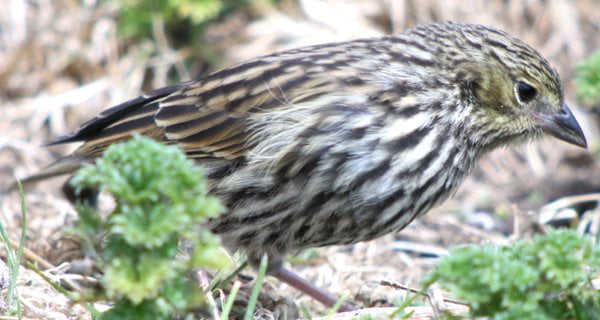
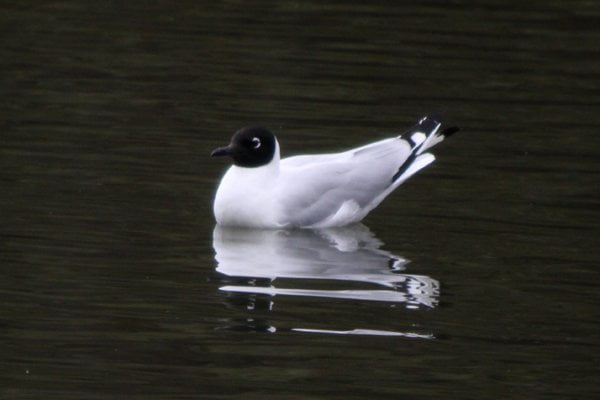




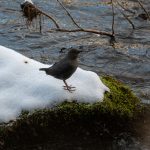
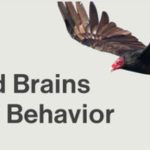
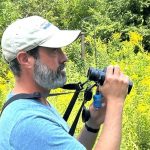
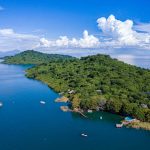



I want to go to Ecuador to see these birds!!! Next on my trip list!
Andean Gull!!
The Equus bird feeder?
Wow, these birds are insane. The expected Antisana birds are pretty amazing, as are your photos.
WOW, your photo of the Ecuadorian Hillstar is simply GREAT!!!
Corey: That is a great post. I also have a vivid picture of the massive volcano and higland paramo land that accompanied the great birds.
Awesome Corey, and what a great shot of the hillstar. By the way, did I ever mention that I once had an Andean Condor fly down low over head to have a look at us? No, or the time we saw 11 low down (but not overhead, off a ways) circling what was probably a sheep’s carcass? Hmm, I should probably keep that to myself just in case your dipping on them is a sore spot with you. Never mind.
@Gale: I highly recommend a visit…and make sure to look up Renato’s Pululahua Hostal!
@Nick: I know!
@Donna: Disturbing, no?
@Mike: Aren’t they great? You might have to go back…
@Jan Axel: I was SO psyched when I got that image. Thanks!
@Renato: It really is a great place. Thanks so much for getting us up there!
@Clare: May you see nothing but ravens until March! Wait, that’s going to happen anyway, isn’t it?
I never even realised such things existed!
@Redgannet: It’s absurd, right?
Awesome trip eh Corey? I wanna go to Ecuador too (he says as he turns green with envy).
The photo of the Hillstar is exceptional and the Andean Lapwings, wow! My favorite out of the bunch though, those very cute Silvery Grebes. I bet they are a real kick to watch do their grebe thing.
@Larry: Abso-freakin-lutely!
That hillstar was one of my favorite birds of the trip, if only because it was cool to see a species of hummingbird that has evolved to eat while sitting most of the time to save energy in the cool air of the high altitude.
And the grebes, yeah, though they do look like devil ducks.
Great pix! Plus, they make a very helpful supplement to the field guide while preparing for my visit to Ecuador in February ’12. Thanks for the help. So exciting! Just hope the shift from NYC to Antisana doesn’t do me in entirely.